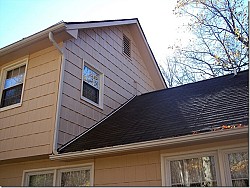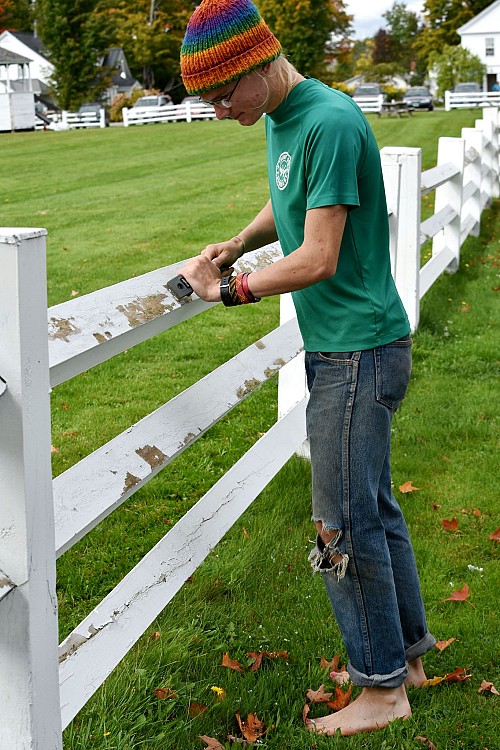Basic Tips for Painting Your Wood Fence
A wood fence can add privacy, safety, and beauty to your yard, but there are maintenance costs to consider. Regular upkeep is important to avoid rotting and weathering, as well as overall deterioration. If not properly maintained, wooden fences may become eyesores and devalue a piece of property. In order to prevent the need for structural repair or replacement, it's a good idea to paint your fencing every two years at least.
Although you could save money by painting your fence yourself, the preparation and effort are substantial. It might not be worth the hassle if you are not physically fit for the job. A professional will typically charge between $1.50 and $2.90 per square foot to paint a wood fence, depending on its style and condition.
A wood fence adds curb appeal and tends increase the value of your home — that is, if you maintain it properly. Here are some tips that will help guide you toward a successful fence painting job.
Fence Painting Prep
- Trim grass and other vegetation in the areas around and at the base of the fence.
- Clean any cobwebs, dirt, or debris from around the fence.
- Power wash the fence. Use a mix of 1 part bleach and 1 part water to remove mildew or mold spots. Allow to dry thoroughly.
- Scrape off the old paint. If you’re dealing with a re-paint layer, then you should consider sanding it down.
- Check for termite infestation or damage.
- Tape all hardware and hinges, tightening any loose parts as you go.
- Place a tarp, drop cloth or plywood pieces around the fence area to protect nearby sidewalk, driveway, lawn, etc.
Additional Wood Fence Painting Tips
- Invest in quality materials. A cheap paintbrush will lose its bristles and become stiff easily. The same is true for paint – the better the quality, the longer it will last. Use exterior UV-inhibiting paint to protect your wood fence.
- Check the weather forecast! Schedule your project when there is no rain in sight for at least 48 hours.
- Start early. Direct sun will make the paint dry too quickly so it won’t be able to provide proper protection. It's also easier on you if you don’t work in the heat of the day.
- Work on the fence in sections.
- If tall shrubs are growing close by, slide half a sheet of plywood vertically between fence and shrubbery. Wiggle in between the plywood and your fence and lean back on the board, pushing the shrubs away from the fencing. The plywood spreads your weight so no branches break, and when you slide the wood out, the branches will snap right back. (Source: doityourself.com)
- Be sure you’re in good enough shape for the job. You will be putting a large amount of strain on your back and shoulders, especially when you have a big fence. You’ll have to paint the front, sides and top of the fence, and apply two or three coats. It might be wiser to hire a painter to do the job for you.
- Remember, the fence is the first thing people see when they come to your home. Whether you're entertaining friends (or clients!) or showing your house to prospective buyers, first impressions are important, so make sure your wood fence looks great.
Updated February 8, 2018.
Looking for a Pro? Call us (866) 441-6648

Painting Average Costs
Painters Experiences

A Careful Interior Paint Job Increases Our Home’s Sales Appeal

Exterior House Painting By A Contractor With Feet Like A Fly




